Particles AandB move with constant and equal speeds in a circle as shown in (Fig. 5.164). Find the angular velocity of the particle A with respect to B, if the angular velocity of particle Aw.r.t.O is ω.
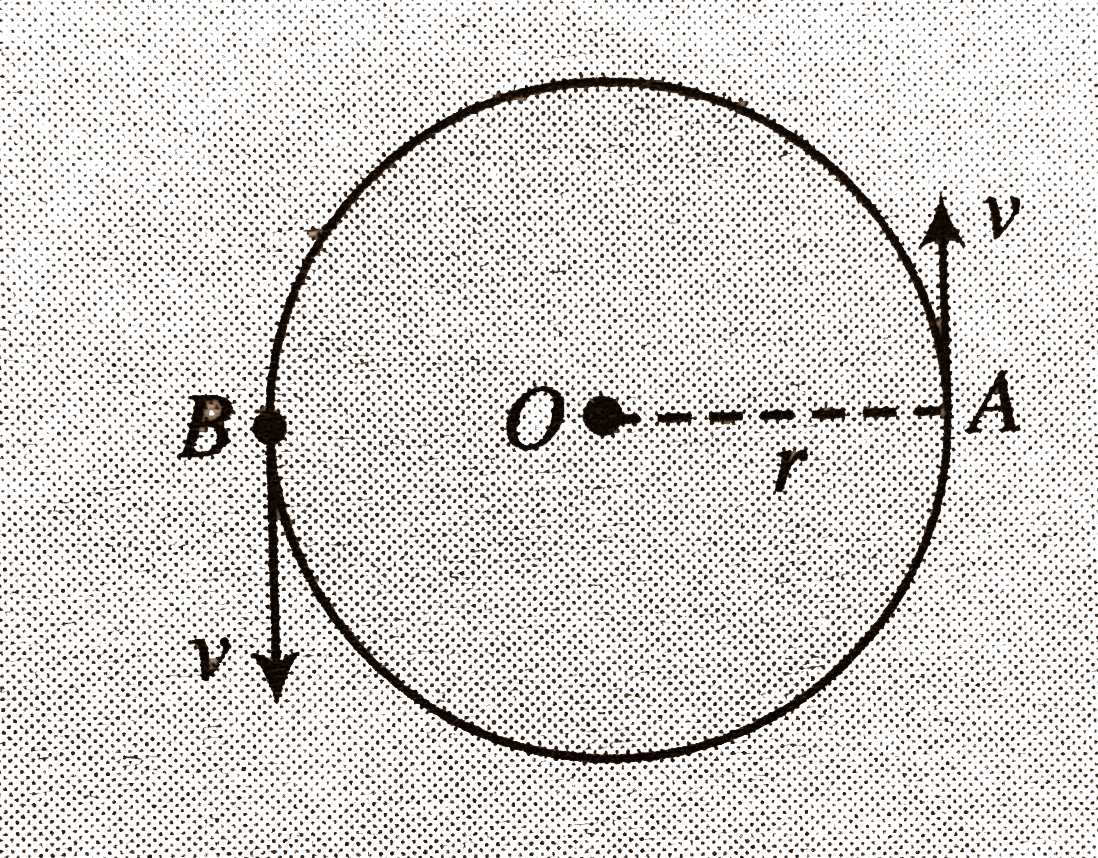 .
.
Angular velocity of A with respect to O is
ωAC=(vAO)⊥rAO=vr=ω
∴ωAB=(vAB)⊥rAB=v2r=ω2
and ωAC=(vAC)⊥rAC=v3r=ω3.
Topper's Solved these Questions
- BOOK - CENGAGE PHYSICS ENGLISHCHAPTER - KINEMATICS-2EXERCISE - Exercise Subjective40videos
KINEMATICS-2
- BOOK - CENGAGE PHYSICS ENGLISHCHAPTER - KINEMATICS-2EXERCISE - Exercise Single Correct76videos
KINEMATICS-2
- BOOK - CENGAGE PHYSICS ENGLISHCHAPTER - KINEMATICS-2EXERCISE - Exercise 5.312videos
KINEMATICS-2
- BOOK - CENGAGE PHYSICS ENGLISHCHAPTER - KINEMATICS-1EXERCISE - Integer9videos
KINEMATICS-1
- BOOK - CENGAGE PHYSICS ENGLISHCHAPTER - KINETIC THEORY OF GASESEXERCISE - Compression2videos
KINETIC THEORY OF GASES
Similar Questions
Find the angular velocity of A with respect to B in (Fig. 5.156).
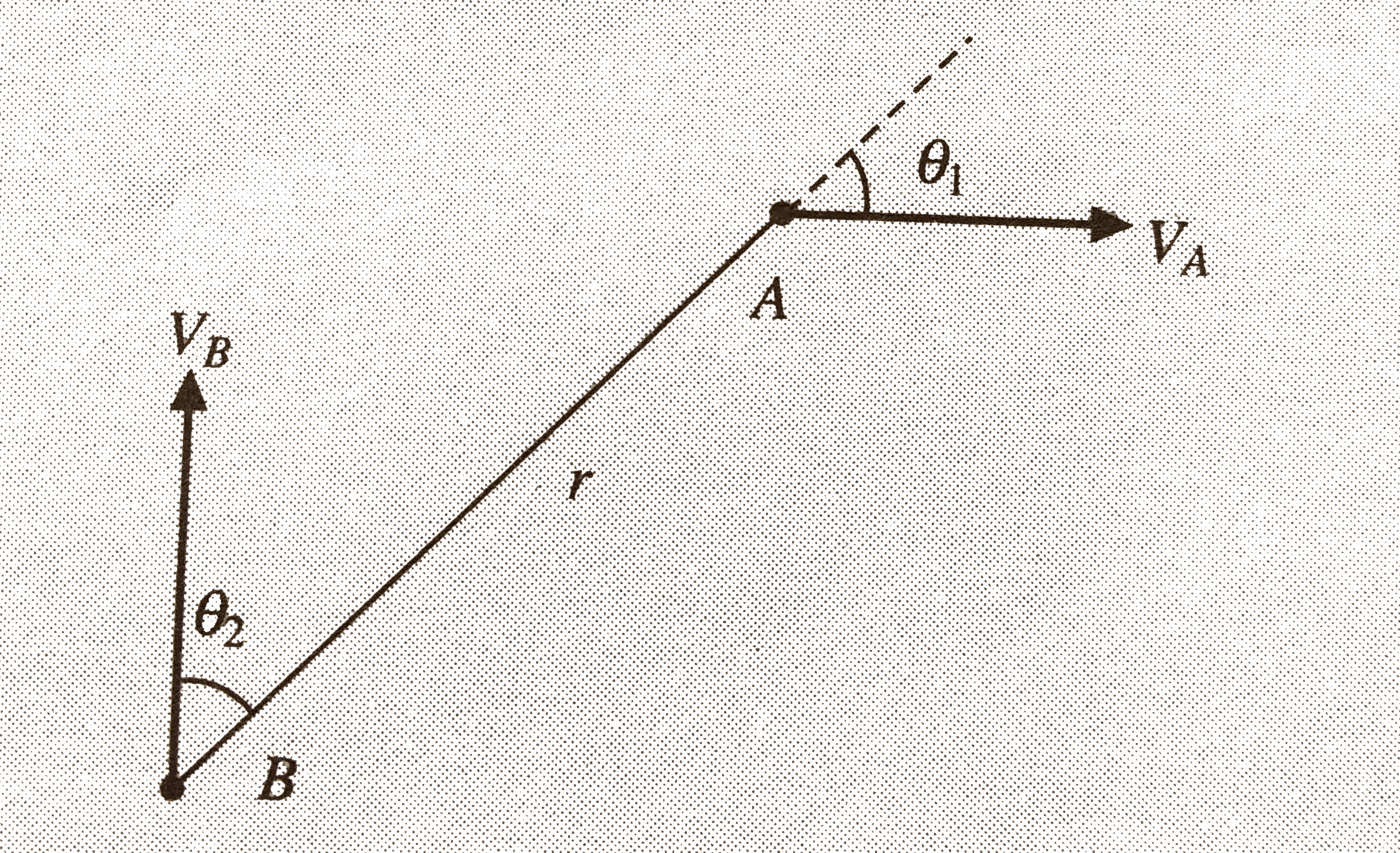 .View Solution
.View SolutionA particle is moving in x-y plane as shown in the figure. Angular velocity of the particle with respect to the origin is
 View Solution
View SolutionWhat is the angular acceleration of a particle moving with constant angular velocity ?
View SolutionWhat is the angular acceleration of a particle moving with constant angular velocity ?
View SolutionFind the angular velocity of A with respect to O at the instant shown in (Fig. 5.165).
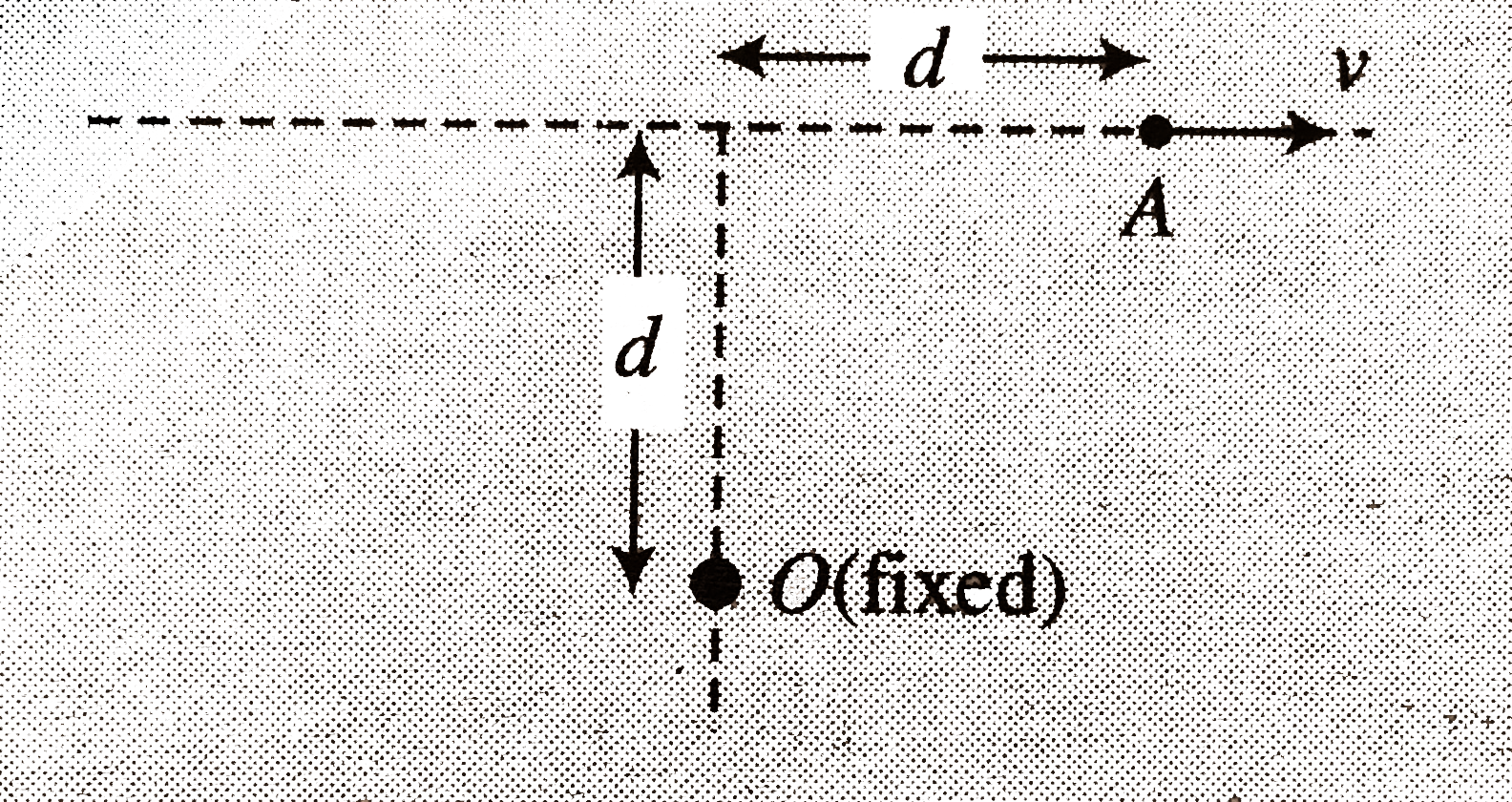 .View Solution
.View SolutionA particle is moving with constant speed v in xy plane as shown in figure. The magnitude of its angular velocity about point O is
 View Solution
View SolutionA particle moves with constant angular velocity in a circle. During the motion its
View SolutionA particle is moving with constant speed v along x - axis in positive direction. Find the angular velocity of the particle about the point (0, b), when position of the particle is (a, 0).
View SolutionA particle mass parallel to x-axis with constant velocity v as shown in the figure. The angular velocity of the particle about the origin O
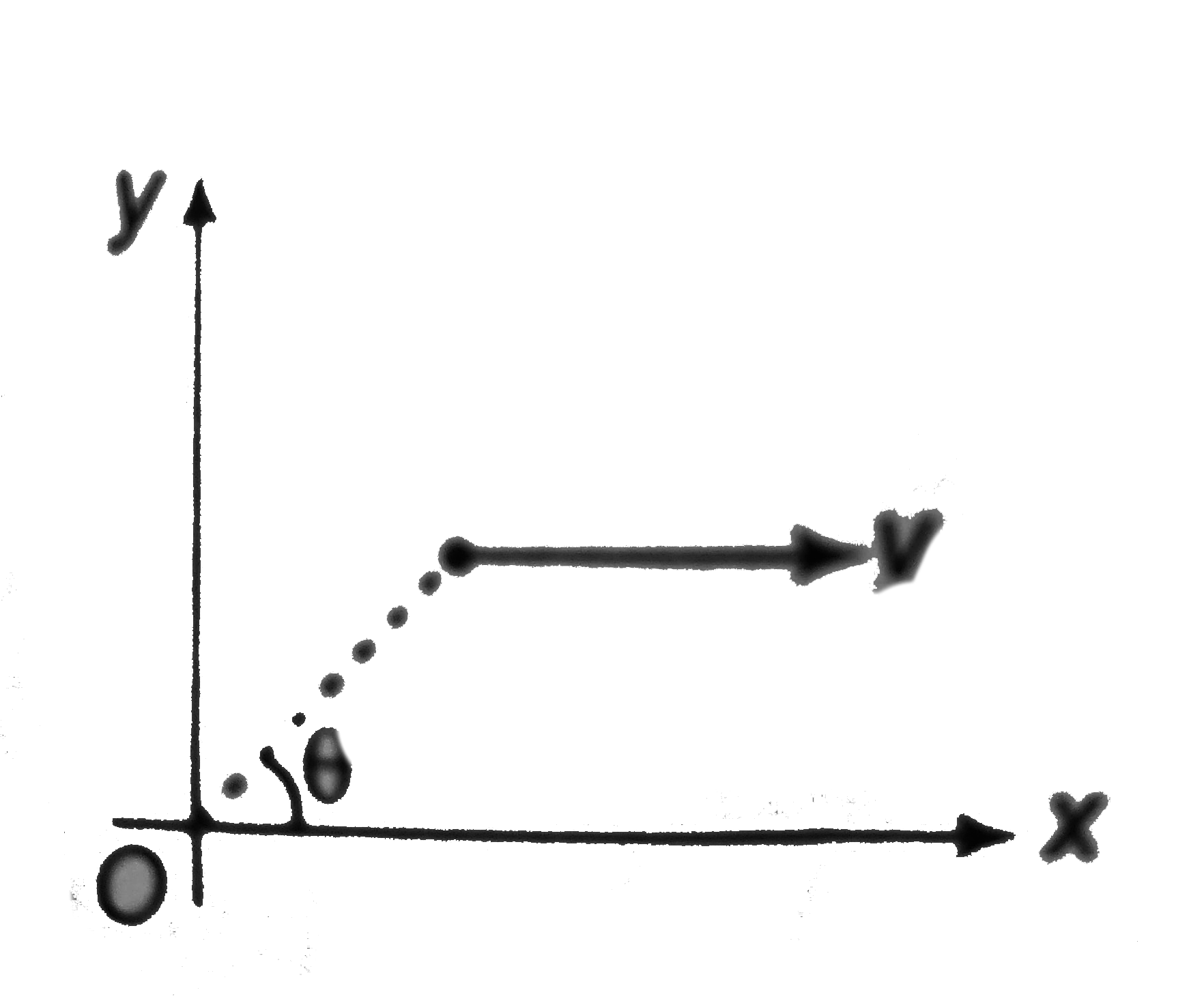
View SolutionA particle is moving parallel to x-axis as shown in the figure. The angular velocity of the particle about the origin is
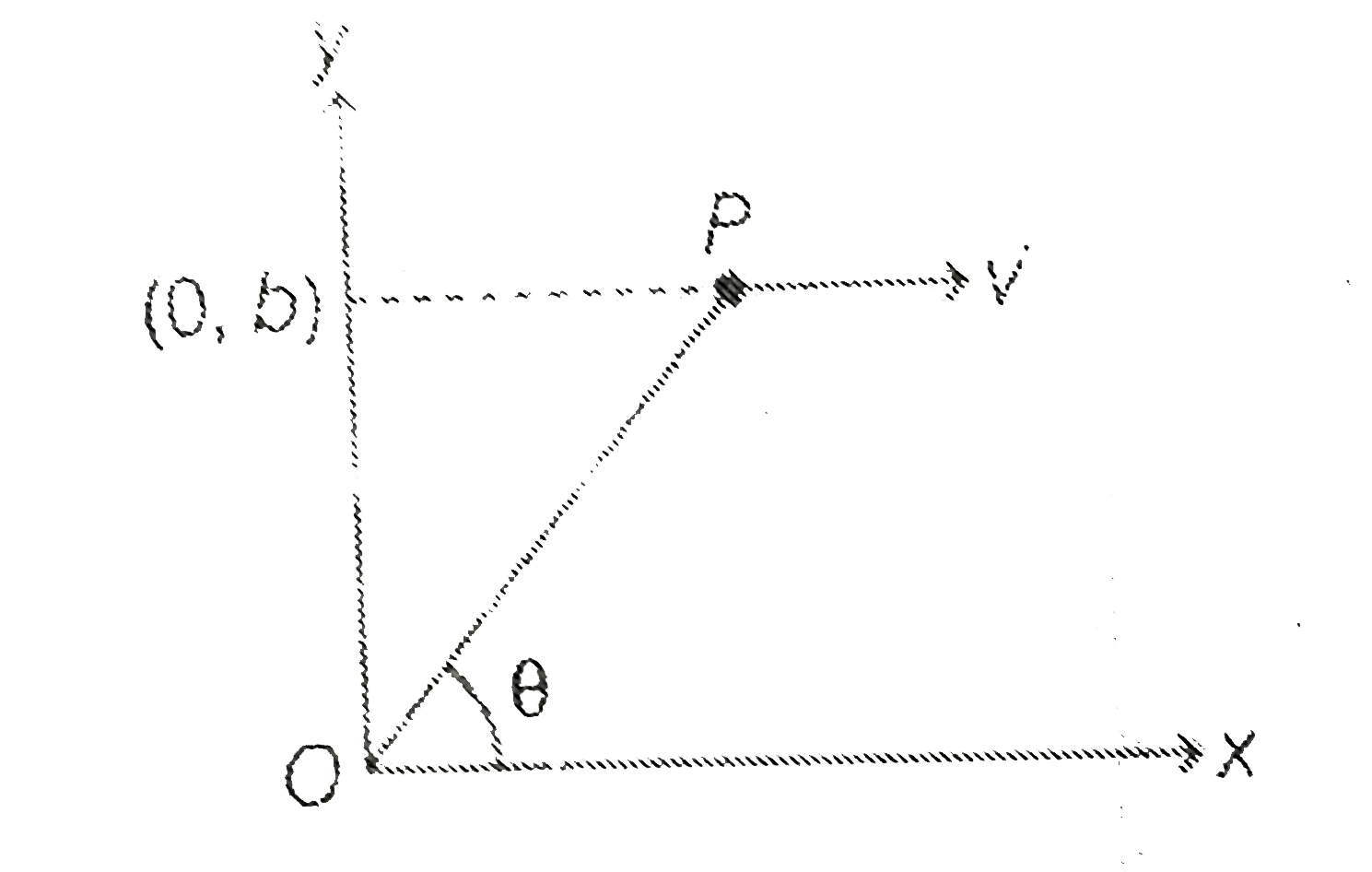 View Solution
View Solution

